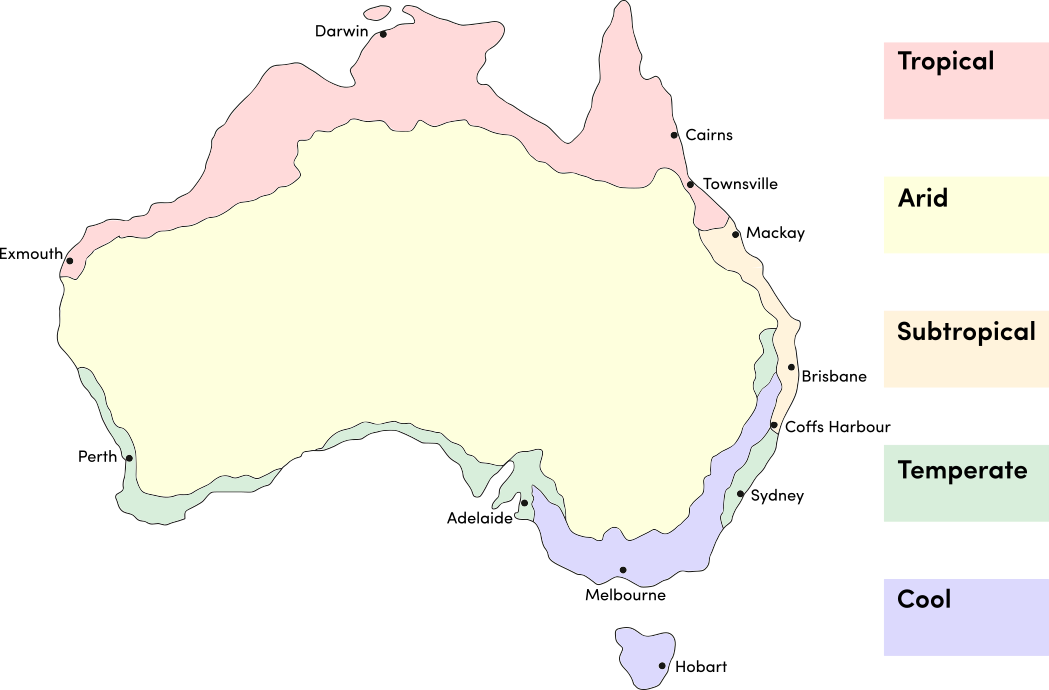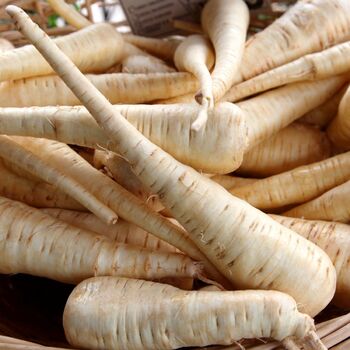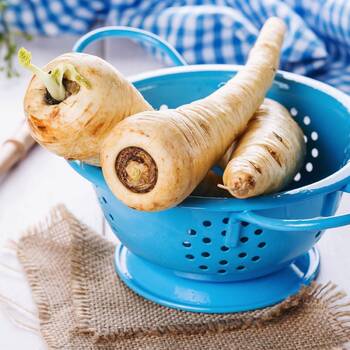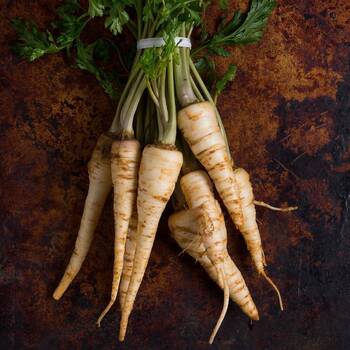Parsnip Seeds_
Guides
-
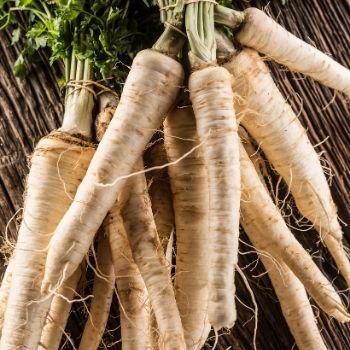
How to Grow Parsnip Seeds
A comprehensive guide on how to grow Parsnip Seeds; including soil preparation and position, when and how to sow, when and how to harvest and common pests and diseases. View guide.
-

Seed Saving Guide: Parsnip (Pastinaca sativa)
A guide on how to save Parsnip seeds; including pollination type, isolation distance, when to harvest and best cleaning methods. View guide.

